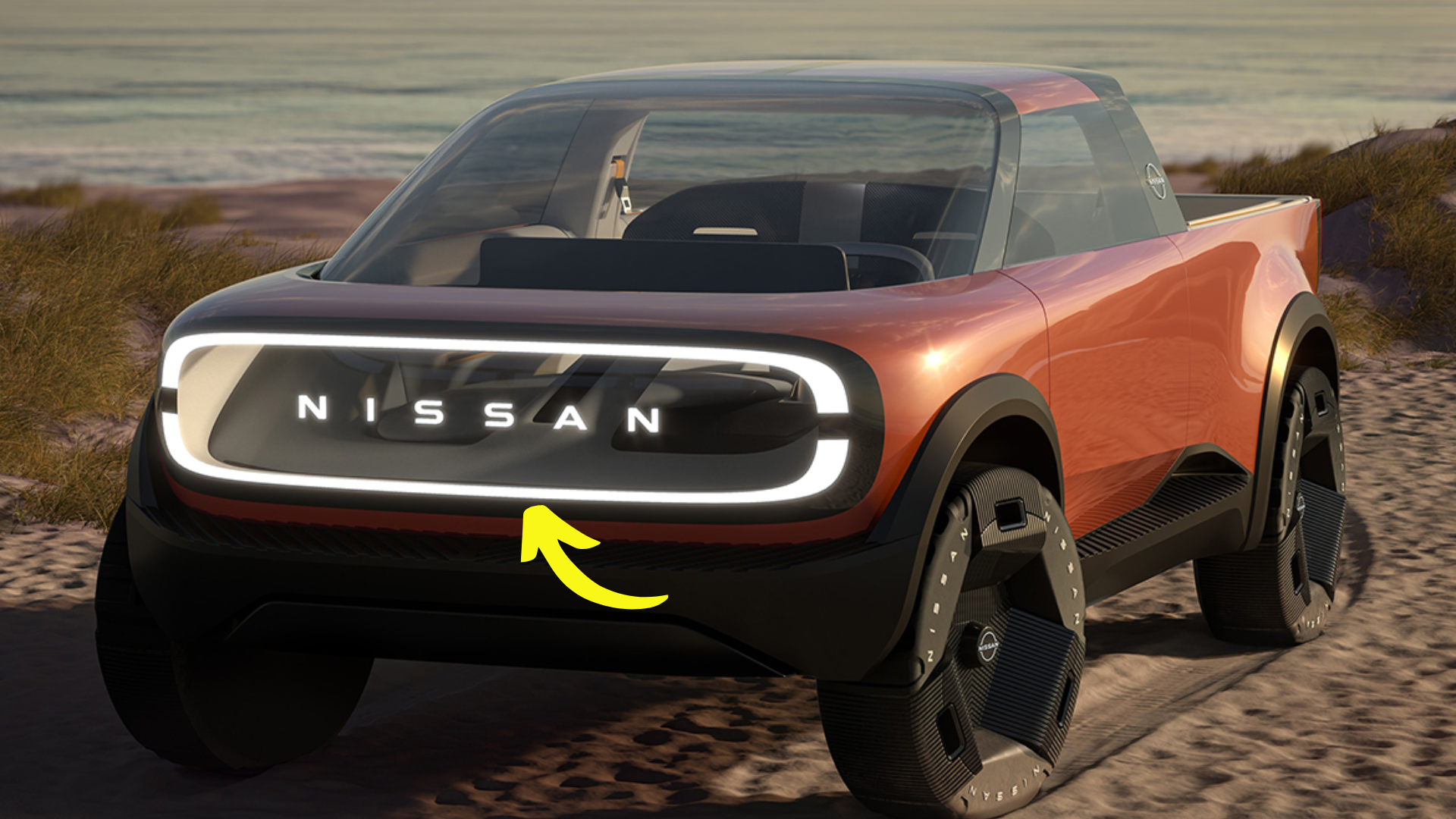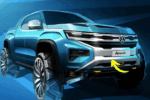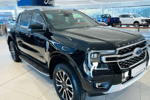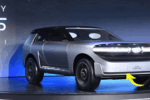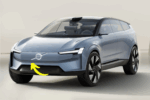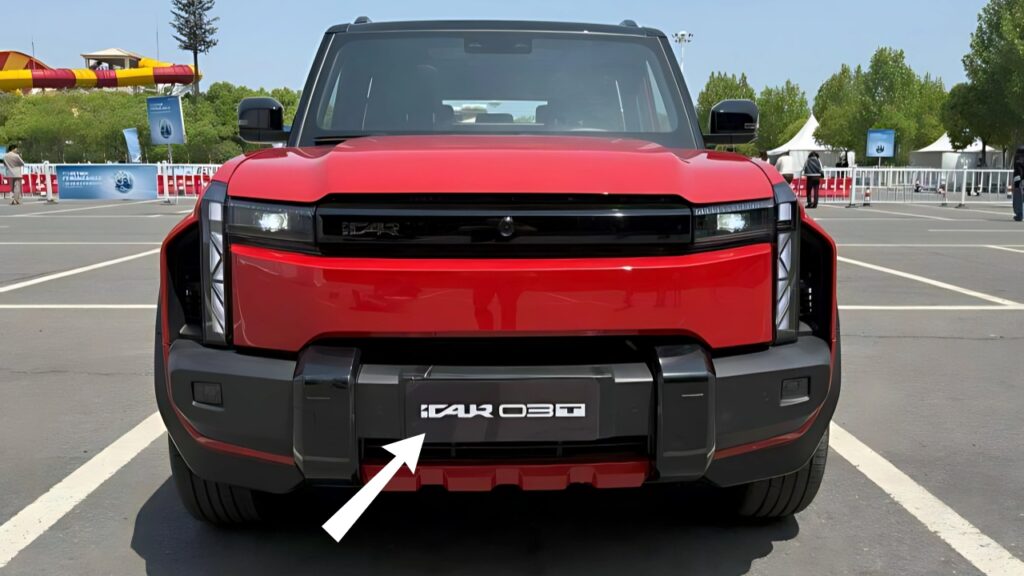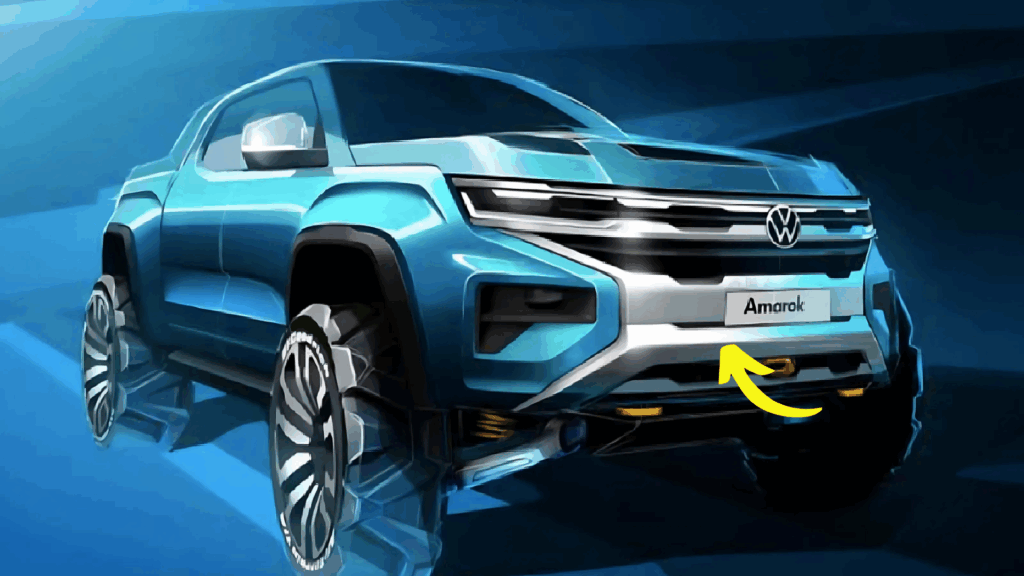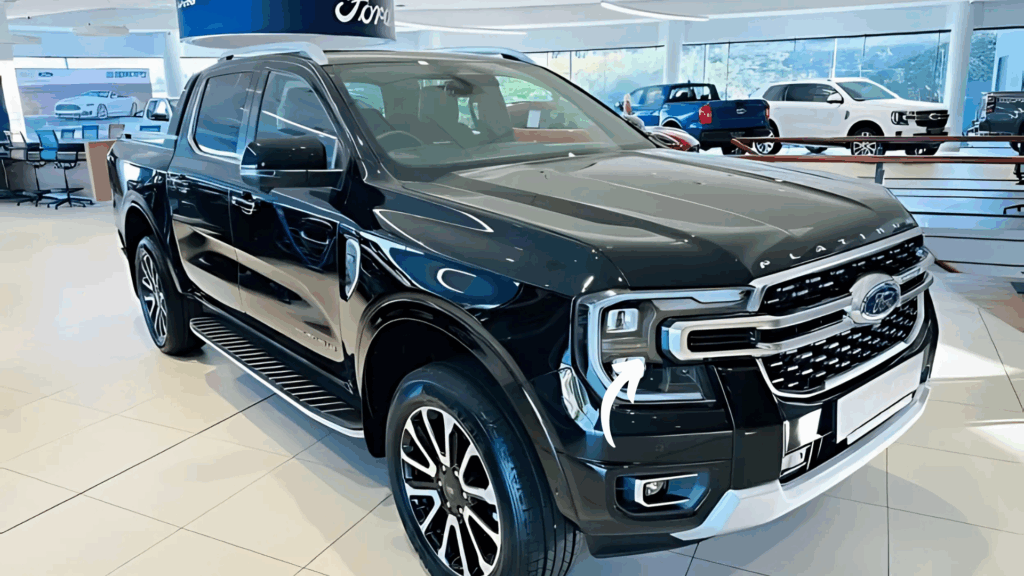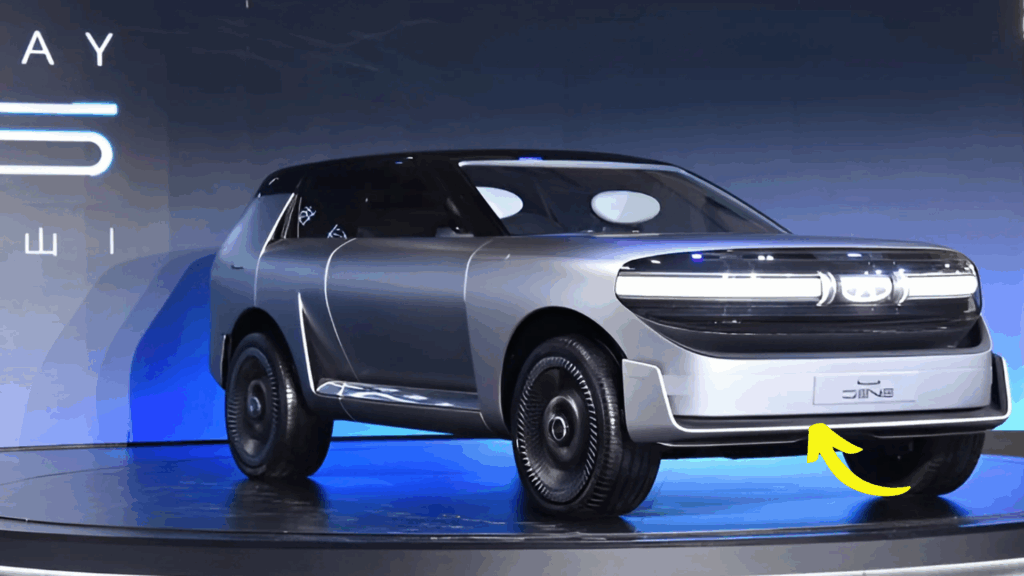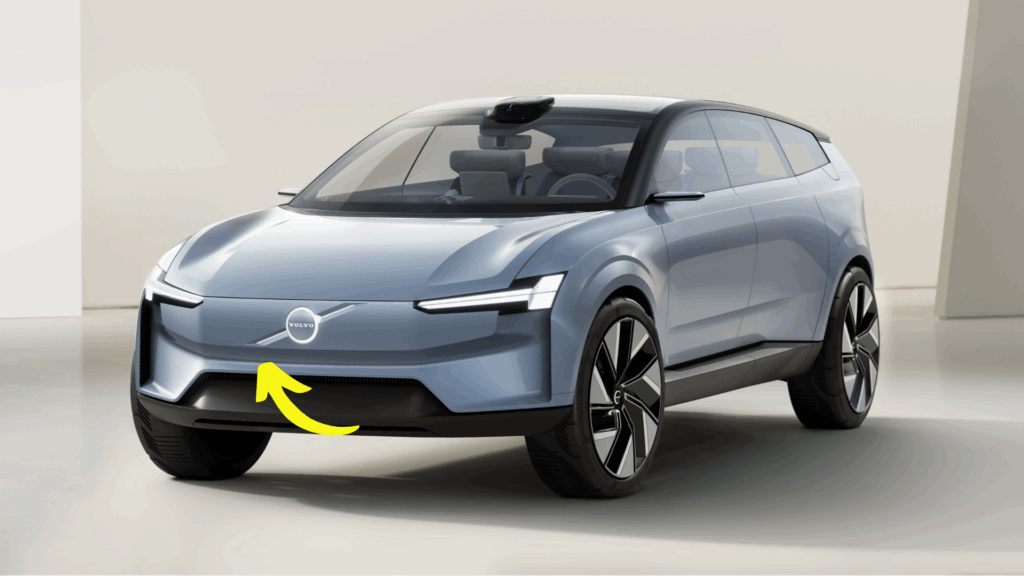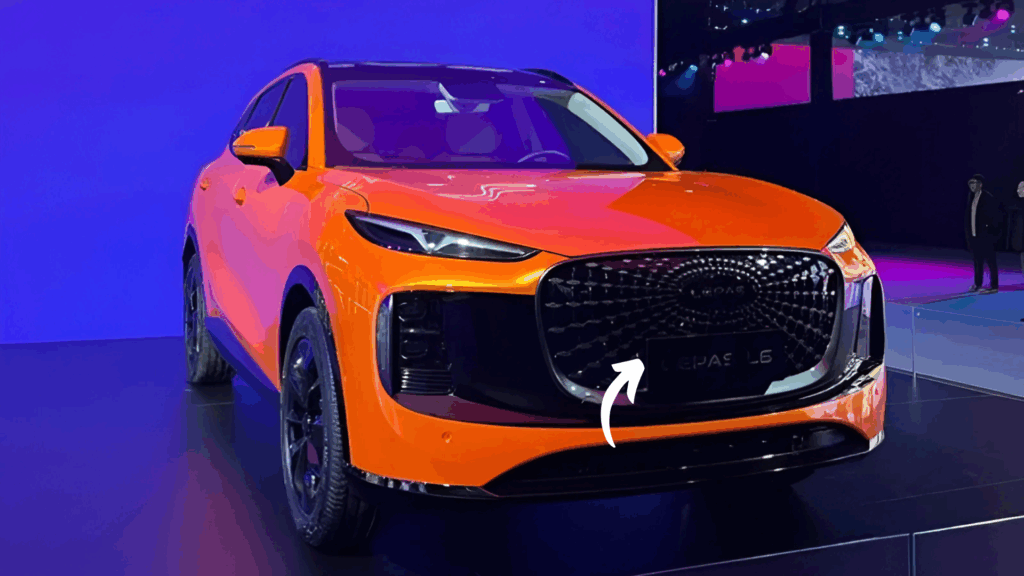In the rapidly evolving Australian ute market, a new competitor is emerging that could shake up the established order. Nissan, a trusted name in the automotive industry, is gearing up to challenge the revolutionary BYD Shark 6 with its hybrid ute offering. This potential market disruption signals a major shift in Australia’s beloved ute segment, as manufacturers race to combine rugged capability with eco-friendly technology.
Table of Contents
The Rise of Hybrid Utes in Australia
The Australian ute landscape is undergoing a massive transformation. For decades, diesel-powered workhorses like the Toyota HiLux and Ford Ranger have dominated sales charts. However, the winds of change are blowing strongly across the industry as hybrid and plug-in hybrid models begin to make their presence felt.
Chinese manufacturer BYD has been leading this charge with its Shark 6 plug-in hybrid ute. The vehicle has been making remarkable inroads into the Australian market, challenging the traditional dominance of established brands. With impressive power figures and advanced technology, the Shark 6 has prompted other manufacturers to accelerate their electrification plans.
Nissan’s Bold Move into Hybrid Territory
Nissan is not content to sit on the sidelines of this revolution. The Japanese automaker has confirmed plans to bring electrified versions of its popular Navara ute to Australia, though the timing puts it behind some competitors.
What We Know About Nissan’s Hybrid Plans
According to industry sources, Nissan will take a phased approach to electrifying its ute lineup. The next-generation Navara is confirmed to arrive in Australia in 2026, initially launching with diesel powertrains. However, this will be followed by electrified versions, starting with a plug-in hybrid model before eventually offering a fully electric variant.
The new Navara will be developed in collaboration with Mitsubishi, leveraging their strategic alliance to reduce development costs and accelerate production timelines. This partnership could prove crucial in creating a competitive product that can challenge the BYD Shark 6.
Also Read: BYD Reveals Denza Z Concept, a Stunning Electric Porsche 911 Rival
The Frontier Pro: A Glimpse of What’s Coming
At the 2025 Shanghai Motor Show, Nissan unveiled the Frontier Pro, a plug-in hybrid ute that provides strong indications of what Australian buyers might expect. This impressive vehicle combines a 1.5-liter turbo-petrol engine with a single electric motor to produce approximately 302kW of power and 800Nm of torque – figures that put it in direct competition with the BYD Shark 6.
Unlike the BYD’s dual-motor setup, the Nissan Frontier Pro uses a single electric motor housed in the transmission. The system sends power to a center differential that distributes it to all four wheels, maintaining the off-road capability that Australian ute buyers demand.
BYD Shark 6: The Benchmark to Beat
To understand the challenge facing Nissan, it’s essential to look at what the BYD Shark 6 brings to the table. Priced at $57,900 before on-road costs, the Shark 6 has positioned itself as a value proposition despite being more expensive than some Chinese rivals.
Impressive Performance and Technology
The BYD Shark 6 features a ground-breaking hybrid powertrain that combines a 1.5-liter turbo engine with dual electric motors. This setup delivers a remarkable 321kW of power and 650Nm of torque, enough to propel the ute from 0-100km/h in just 5.7 seconds while still offering a combined range of 800km.
Beyond raw performance, the Shark 6 impresses with its technological advancements. It uses BYD’s “cell to chassis” technology, integrating the battery into the vehicle structure for improved rigidity and space efficiency. The ute also features double wishbone suspension at both ends, a departure from the leaf springs commonly found in traditional utes.
Market Reception and Sales Success
The BYD Shark 6 has already made a significant impact on the Australian market. Within its first month of sales reporting in February 2025, it became the third-best-selling ute in Australia, trailing only the Ford Ranger and Toyota HiLux. This immediate success suggests Australian buyers are open to alternative powertrains if they deliver on performance and value.
By early 2025, BYD had accumulated around 6,000 orders for the Shark 6, demonstrating strong demand despite limited test drive opportunities and the brand’s relative newness to the Australian market.
How Nissan Plans to Compete
Nissan faces several challenges in its bid to challenge BYD’s early advantage in the hybrid ute segment. However, the Japanese manufacturer has numerous strengths it can leverage to create a compelling alternative.
Leveraging Alliance with Mitsubishi
The development partnership with Mitsubishi allows Nissan to share costs and technologies. Industry analysts speculate that the Navara’s plug-in hybrid system could be similar to what’s found in the Mitsubishi Outlander PHEV – a 2.4-liter petrol engine supported by dual electric motors, though potentially with a larger battery to meet the demands of a work vehicle.
Brand Trust and Dealer Network
While BYD is still establishing itself in Australia, Nissan enjoys strong brand recognition and trust built over decades. Its extensive dealer network and proven after-sales support could be significant advantages when buyers are considering a major purchase like a work vehicle.
Nissan’s existing relationships with fleet buyers and businesses could also give it an edge in capturing commercial sales, a crucial segment of the ute market that tends to be more conservative in adopting new technologies.
Comparing the Contenders: Nissan vs. BYD
When the hybrid Navara eventually arrives, how might it stack up against the BYD Shark 6? While specifications for the production Navara hybrid aren’t confirmed, the Frontier Pro concept provides some basis for comparison.
Performance and Capability
The Frontier Pro’s 302kW and 800Nm output suggests Nissan is aiming to match or exceed BYD’s impressive performance. However, the single-motor approach versus BYD’s dual-motor system represents different engineering philosophies that will affect driving characteristics.
On the practical side, the Frontier Pro concept boasted a 3.5-tonne towing capacity, which would exceed the Shark 6’s 2.5-tonne rating – a potential advantage for buyers who regularly tow heavy loads.
Design and Features
Both vehicles offer modernized takes on the traditional ute formula. The BYD features a tech-forward interior with a 15.6-inch rotating touchscreen and extensive driver assistance systems. Nissan will likely counter with its suite of technology, possibly leveraging features from its e-POWER system used in other models.
Price and Value Proposition
Perhaps the most crucial factor will be how Nissan positions its hybrid Navara on price. The BYD Shark 6’s $57,900 starting price undercuts top-spec traditional utes like the Ranger XLT and HiLux SR5, creating a strong value proposition despite its advanced technology. Nissan will need to achieve a similar balance between price and features to compete effectively.
Timeline for Australian Launch
The timing difference between these two competitors is significant. The BYD Shark 6 is already on Australian roads, having launched in late 2024 with deliveries beginning in early 2025. In contrast, the next-generation Nissan Navara isn’t expected until 2026, with the hybrid variant likely following some months after the initial diesel models.
This gives BYD a substantial head start in establishing itself in the hybrid ute market. By the time Nissan’s offering arrives, the Shark 6 will have been on sale for approximately 18 months – a lifetime in today’s fast-moving automotive landscape.
What This Means for Australian Ute Buyers
The forthcoming battle between these manufacturers represents good news for Australian consumers, who will benefit from increased competition and innovation in the ute segment.
More Choices, Better Technology
As manufacturers race to offer the most compelling electrified ute, buyers can expect rapid technological improvements and more features at competitive price points. The days of utes being simple, bare-bones work vehicles are long gone, with these new models offering levels of refinement and technology previously reserved for passenger cars.
Reduced Operating Costs
Hybrid and plug-in hybrid utes offer the potential for significantly reduced fuel costs – a major consideration for both private buyers and businesses with vehicle fleets. The ability to travel on electric power alone for daily commutes while retaining the range and convenience of a petrol engine for longer journeys represents the best of both worlds for many users.
Environmental Benefits Without Compromise
These new electrified utes allow buyers to reduce their environmental impact without sacrificing the utility and capability that make utes so popular in Australia. This balance could help accelerate the country’s transition to more sustainable transportation while respecting the practical needs of ute owners.
The Broader Market Context
The Nissan-BYD battle is just one front in a wider transformation of Australia’s ute market. Ford has confirmed its Ranger PHEV for a 2025 launch, while other manufacturers, including Toyota, GWM, and Ki,a are all developing electrified options.
This shift comes against the backdrop of changing regulations and consumer preferences. Government incentives for lower-emission vehicles, rising fuel costs, and increasing environmental awareness are all pushing the market toward electrification at an accelerating pace.
The potential entry of Nissan’s hybrid ute into the Australian market represents both a challenge to BYD’s early leadership and a sign of the times. The ute segment, long a conservative bastion of traditional automotive technology, is rapidly evolving to embrace electrification.
While BYD has gained a significant head start with its Shark 6, Nissan’s established brand presence and alliance with Mitsubishi give it strong cards to play. The ultimate winner will likely be the Australian consumer, who will benefit from increased competition, technological innovation, and more environmentally friendly options without sacrificing the capability and practicality that make utes so popular.
As this automotive revolution unfolds, one thing is certain: the Australian ute market of tomorrow will look very different from the one we’ve known for decades.
FAQs
When will Nissan’s hybrid ute be available in Australia?
The next-generation Nissan Navara is expected in 2026, with hybrid variants likely following the initial diesel models.
How does the BYD Shark 6’s performance compare to traditional utes?
The Shark 6 produces 321kW and 650Nm, significantly more than most diesel utes, enabling it to reach 100km/h in just 5.7 seconds.
Will hybrid utes be suitable for heavy towing?
Yes, though capabilities vary by model. The BYD Shark 6 offers 2,500kg towing capacity, while Nissan’s concept suggests a 3,500kg rating.
Are hybrid utes more expensive than traditional models?
Currently, yes – but they offer potentially lower running costs and more features at their price points.
Do these hybrid utes offer pure electric driving?
Yes, the BYD Shark 6 offers approximately 100km of electric-only range, making daily commutes possible without using any fuel.
